This is going to be a bit weird. Preview code is always a bit short, but in the case of Impact Winter, I’ve played for a lot less than I’d like (thank you, Windows Update, for once more fucking everything up). Rather than three or four hours of solid post-apocalyptic survival, I’ve been wandering the snowy wastes for… ooh, about 90 minutes. So this isn’t going to be as in-depth as I’d like, but I’ve played enough that I can give you an overview of what exactly Impact Winter is, why it’s a thing that you might want to pay attention to, and why I’m actually quite annoyed that I can’t play it any more right now.
Impact Winter is, first and foremost, a survival game – but not one of those Early Access ones where you punch a tree seventeen times to get enough wood to build a wall before night comes and a zombie/dinosaur/monster comes and tries to eat you, and then some other player comes and burns it down anyway. Rather than DayZ, this particular game takes its inspiration a little more from This War of Mine and The Flame in the Flood, with a little bit of Don’t Starve and Sunless Sea mixed in for good measure.
A massive rock has hit the Earth, essentially plunging the world into a massive global winter. You and four other survivors have holed up in an old church (which, thanks to the apocalyptic levels of snow, is only accessible by climbing down through the bell tower) when you get a signal indicating that help is coming in 30 days. Survive for 30 days, and you (probably) win. Of course, doing this while keeping you and your ragtag band warm, fed, hydrated, and happy, is not going to be an easy task. So, yes: survival.
Part of the game is managing the team. Each of your fellow armageddon-defiers is a fully fleshed-out character with their own questlines and stories, and helping them out improves the services they can offer you. One lady, for instance, is a decent cook, and you can have her turn the random tins of food and scraps of meat you find into meals that can feed everyone. Doing her quests (starting off with finding her old house and getting her recipe book back) tends to unlock more recipes that she can use to keep everyone fed.
Other than that, you’ve got an electronics specialist who can upgrade the little robot that follows you around, a survival guy who can build things like tents and signposts that’ll help out in the wilderness, and a rather handy lady who does her best work turning metal and wood into necessities like beds. Each is incredibly useful for your continued survival… but you also need to keep them happy. Arguments can spring up, and siding with one person or another will cause a hefty morale penalty – and if morale drops too low, a survivor might decide they have a better chance outside of the church and away from your party.
Each survivor can also be assigned a “role”, which is a neat touch. These are little perks that come with both a positive and a negative, and need to be weighed up accordingly. One, for instance, ensures that the person won’t have any nasty accidents while crafting – but crafting will take a lot longer as a result. Roles are unlocked as you level up, and as levelling up also lowers the 30 day timer (your little robot follower can learn, and doing tasks and the like helps it to do so, which in turn lets it strengthen the signal so you can be found sooner) this is a Very Good Thing.
Half of the game is this team management stuff, while the other half is actually exploring and surviving the outside world. This is controlled from a fixed overhead view, and it is utterly sumptuous.
Really. I don’t know how well the screenshots convey it, but this overworld is pretty much apocalypse porn. An endless wasteland of snow, with the tips of highway signs and buildings peeking out of it, and your tracks being filled in almost as quickly as you create them. While you’ve always got guidance (unless there’s a white-out) it really does feel like an empty, near-featureless snowfield.
This is where the Sunless Sea and Don’t Starve comparisons start to come in, as you wander around getting the lay of the land, looting the relics of the world that was, completing quests, encountering random events, and quite possibly doing some hunting or defending yourself. In terms of control and mechanical feel, it’s quite Don’t Starve (barring the fixed perspective bit). In terms of emotional feel – the sense of being isolated and alone in somewhere that’s both familiar and utterly alien – it’s very, very Sunless Sea.
I suppose it’s also a bit This War of Mine here, too, in terms of giving me more shit than I can possibly carry, necessitating repeated trips back to the church. Bah.
Helpfully, there are some UI elements to fix that. The UI is one of the few things I’m not allowed to actually show you, which strikes me as a little odd because it’s basically fine (barring the usual bugs and last minute tweaks), but maybe this is an older, stable build of the game and a lot’s been changed since. Setting quests as active shows where you need to go; setting a crafting recipe as important automatically reminds you which items are needed when you find them. Etc. So, limited as your backpack space is (to begin with, at least) you’ve got multiple ways of remembering what, exactly, you really need.

The church feels like a little haven of warmth and safety from the outside world, which is good, because that’s exactly what it is. Unless scavengers sneak in, anyway…
The wandering and scavenging is where my two real quibbles come in, one of which I expect to be improved by launch, and the other… I’m not quite sure I want fixed. First is the loading times: going to the overworld from any enclosed area results in loading times upwards of 20 seconds. This should be improved upon; optimisation is usually one of the last bits of the development process, so I’m not particularly worried.
The other is more a fight against mechanics and atmosphere, and it’s the exact same problem-but-not-a-problem that Sunless Sea had: movement feels slow, and getting back to the church can be a bit… agonising. This is a problem because, seriously, I just want to dump my stuff there and sort out the rations and then go back to scavenging.
But it’s also not a problem, and in a way, it’s arguably something that adds to the game. Even this early on there’s a palpable sense of relief at getting back to the church, and remembering how far you’ve come and which directions you’ve explored and where you need to go does a hell of a lot to emphasise the desolation of the game. It also makes it quite important to think about what supplies you need, as opposed to just picking up everything you can and stockpiling it.
Of course, I’ve played less than I’d like. Maybe there’s a fast-travel option available later, or something. I kinda doubt it – and I also kinda hope not – but it is something to think about, if the relatively languid travel of Sunless Sea bothered you.

Atmosphere is pretty crucial to something like this, which is why I’m so elated that Impact Winter appears to get it right.
There are other things I’m not sure about, too. I don’t know how much is randomised on a restart; I’d assume the map is pretty much identical, but perhaps not the exact locations of things. I’m not sure if – once you’re familiar with it – it’s a game where a restart will offer a very different experience, or whether you’re meant to capitalise on prior knowledge when you replay in order to do things more efficiently and maybe do a little better. I don’t know quite how much player death matters, and I don’t have much experience with the combat.
So, yes, I’m very annoyed, because dammit, I want to go back to upgrading my little robot and rooting through abandoned houses and being elated when I find a shotgun and some oil. To be clear, there’s work to be done, but the 90 minutes I’ve spent trying to survive have been haunting, beautiful, and really quite impressive. Impact Winter looks to be a single-player survival game that takes its cues from a medley of titles that I really like, and if you like those games too, you might want to perk your ears up about this as we get closer to launch.

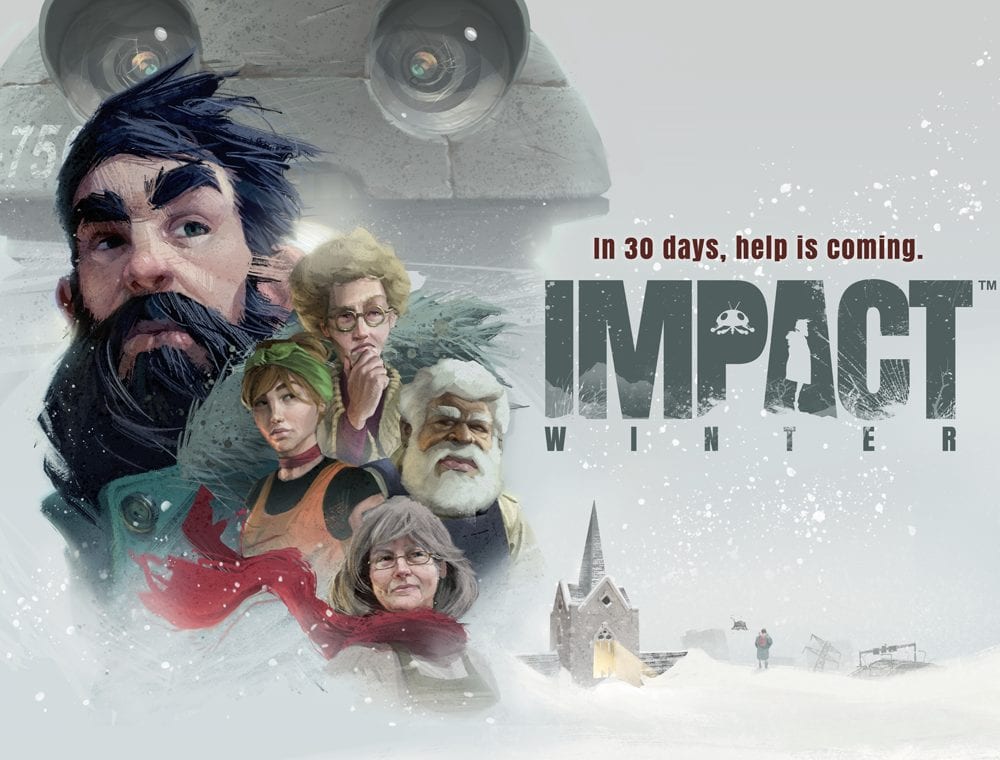




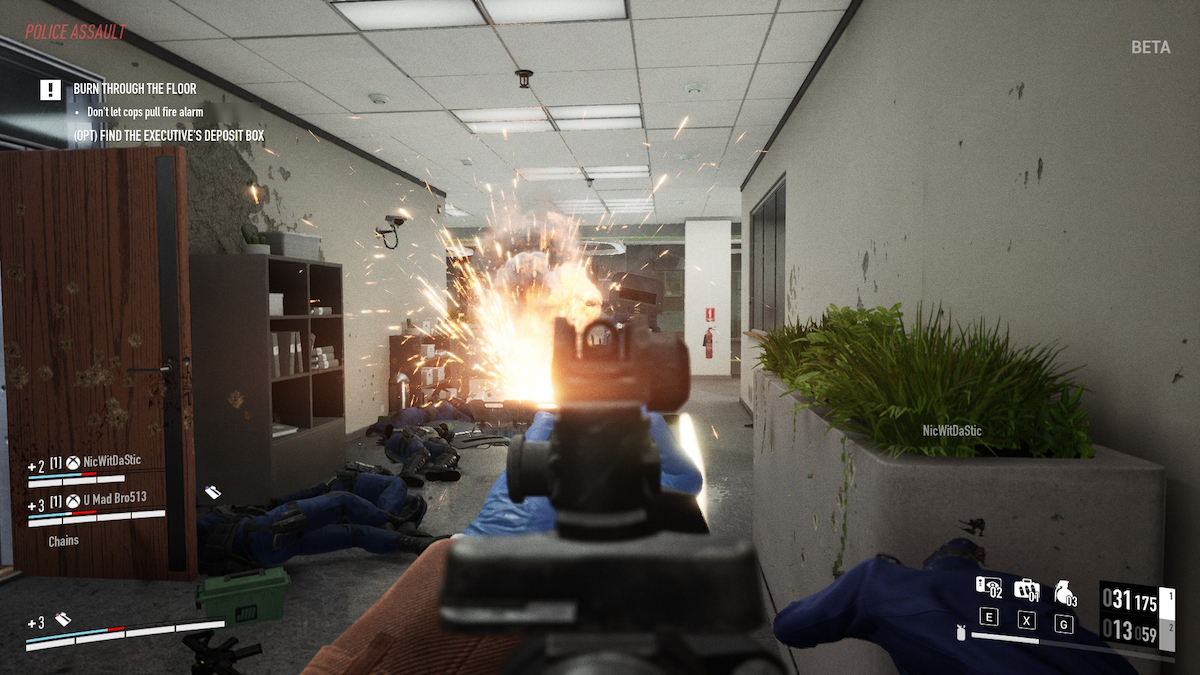
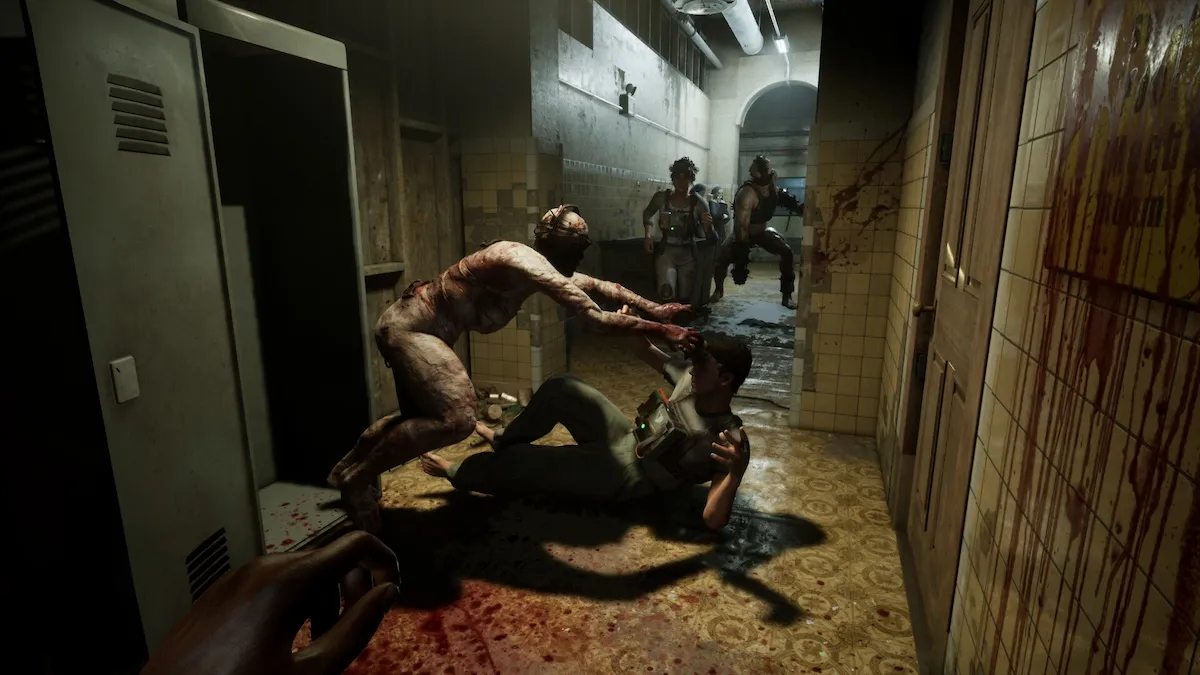
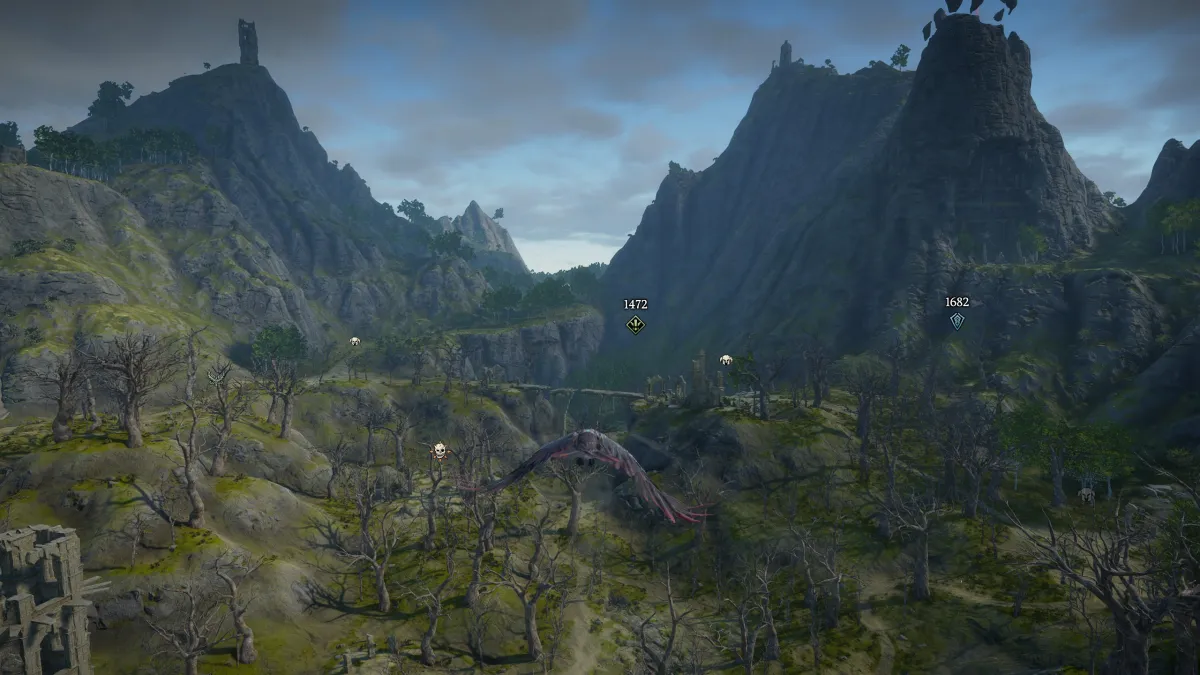
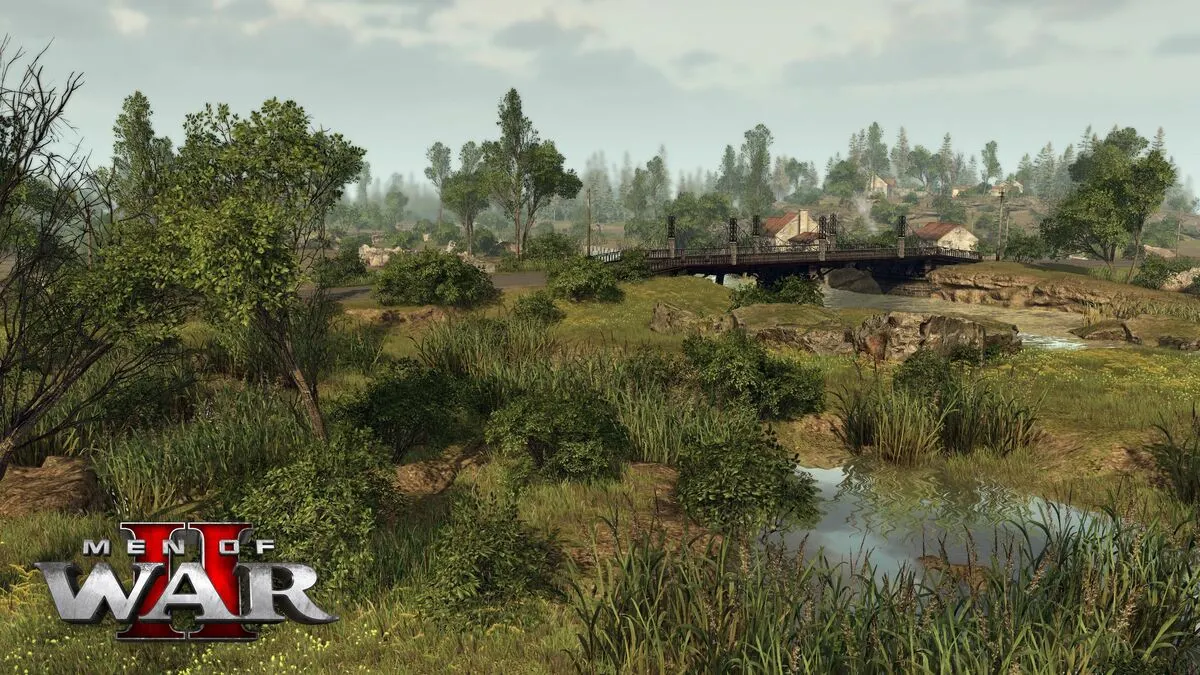
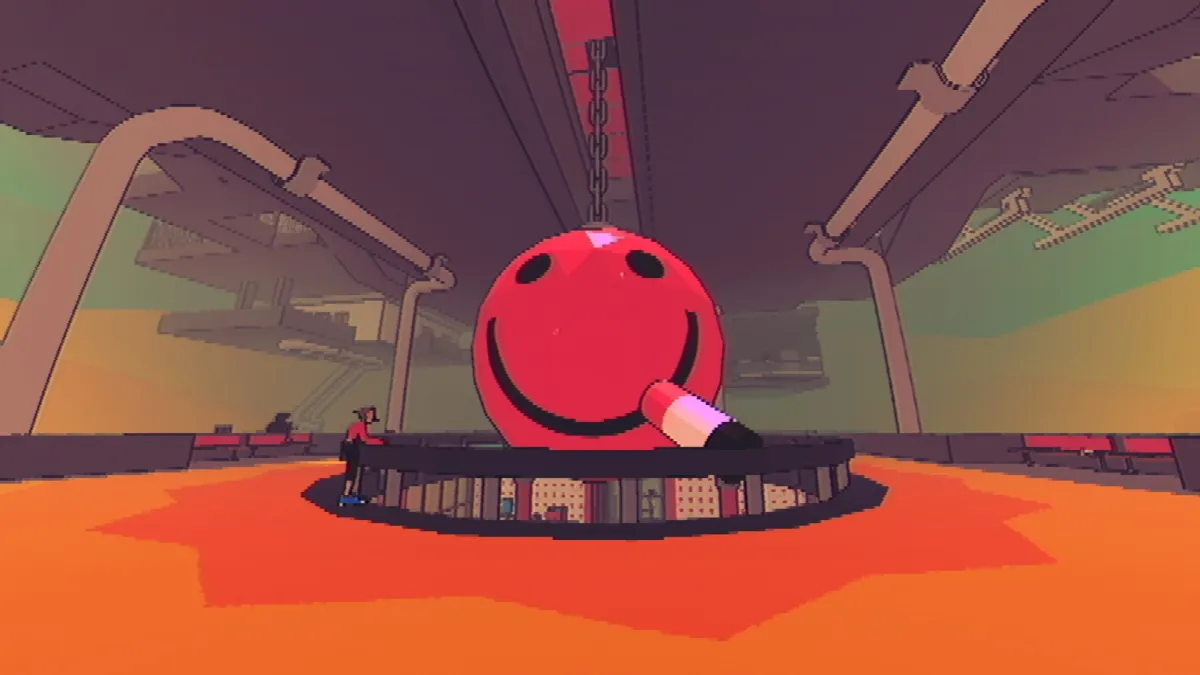
Published: May 9, 2017 09:00 am